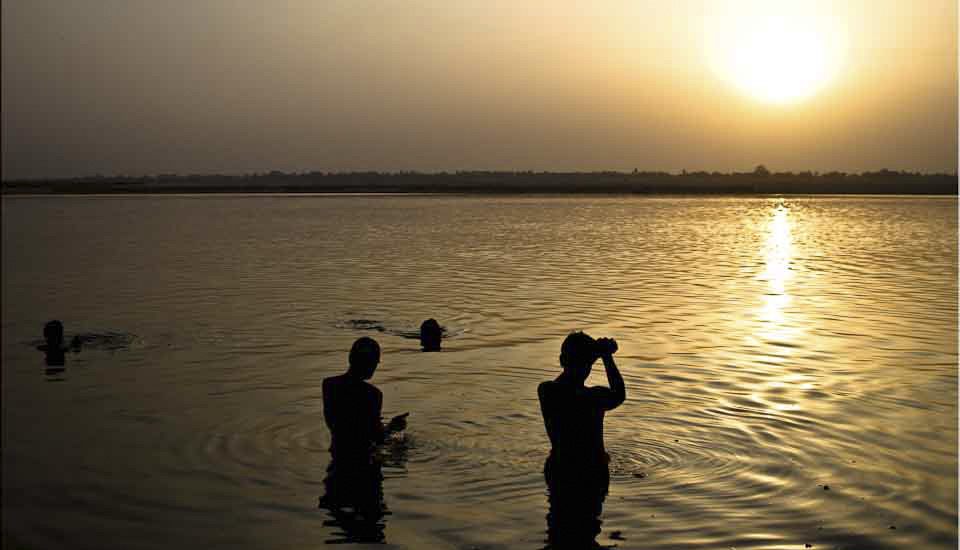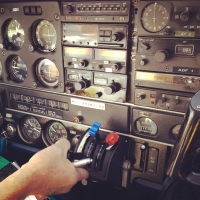.jpg)
Looking out from the Hidden Monasteries
Dating back to the Byzantine, the old fortified monastery of Philosophos Menalon, on the western side of the Lousios Gorge in Arcadia, was reputedly home to a secret Orthodox school during the Ottoman rule of Greece (1453 – 1821).
They had me at “walk”.
Then they told me I’d visit ancient Orthodox monasteries and be treated to Coffee & Greek Delight. What a joy!
I was travelling around Greece with a small group: we had wound our way east from Olympia on the Peloponnese Peninsula (see: In the Footsteps of the Gods), and driven high into the Peloponnese Mountains. There, we stopped in the charming stone-built village of Dimitsana, staying two nights in a guesthouse on the steep slopes of Mt. Mainalo overlooking the Lousios River.
This gave us a full day to explore nearby villages and a small section of the Menalon Trail.
What is now called the Menalon Trail is a 75 kilometre (47 mile) track from Stemnitsa to Lagkadia, following ancient mountain tracks historically used to get people and mules between villages and monasteries. Paths run every-which-way, and we were able to dip into the track to visit the tenth-century Byzantine monastery of Philosophou (Philosophos/Filosofou) and the amazing working monastery of Prodromos.
The mountains around the Lousios Valley are spectacular and layered with history. The Lousios River is said to be where Zeus was bathed as an infant. The ancient Arcadian town of Teuthis, which was part of the Trojan War and the colonization of Megalopolis, was where Dimitsana now sits. Sections of the old walls remain. The word ‘monastery’ comes from the Greek monazein “to live alone”: hermits and monks have stayed in caves that overlook the Lousios Gorge for centuries.
The Monastery of the Philosopher, on the west side of the gorge, was founded by 963 by Ioannis Lampardopoulos from Dimitsana, and is thought to be the oldest monastery in Arcadia. In more recent times, a krifó scholió, a secret school, is said to have operated here to teach children Greek language and religion during the Ottoman occupation, and it is where the Greek Revolution of 1821 against that occupation began.
On the opposite side of the Lousios Gorge, about 200 metres above the bed of the river, the incredible Prodromos Monastery follows a ledge in the cliff face. Dedicated to John the Baptist (Agios Ioannis Prodromos), it was built in the 16th century on foundations dating to 1167. It survived a 1779 attack by Albanian troops under the Ottoman command and became a refuge and hospital for fighters during the Greek Revolution.
Today, the monks in Prodromos offer coffee and Greek Delight to appropriately-dressed visitors during open hours. I loved it!
Come explore:
.jpg)
Moni Philosophou
The start of our walk takes us over the domed basilica of the ‘new’ Filosofou Monastery, which has perched on the west side of the Lousios Gorge since 1691.
.jpg)
Stairs on the Trail
From the ‘new’ monastery, we follow a paved path down the mountainside …

Stairs Up
… arriving at older sections of path that seem to lead us into the mountain itself. The red sign with the squiggled ‘M’ on it is an official Menalon Trail marker.

Through the Tunnels
The old monastery is nestled into narrow cavities eroded and carved into the mountainside.

Hidden Corridors
There are six to seven meters – sometimes less – between the outer wall and the rock face.

The Old Philosophou Monastery
Fading religious frescoes can be seen (no photos allowed!) inside the small chapel.

Ancient Corridors
The views across the valley are incredible!

View from a Hole-in-the-Wall

Walking through Corridors
Like the monasteries of Meteora (see: A Walk through Ancient Monasteries), the wild inaccessibility of these places allowed the Orthodox monks and their traditions to survive the long Ottoman rule.

Path in the Woods
The path continues down into the Lousios valley.

Cyclamen and Ivy

Waterfall on a Mountain Stream
This section of trail is sometimes called The Prayers’ Gorge – probably for the pilgrims who walked through here.

Monastery on the Hill
Once we cross the stream over to the other side of the valley, we can see the incredible Prodromou Monastery, built into the steep cliff high above us.

Heliotropium Europaeum and Crocus Flavus

Orthodox Dome
It’s a steep climb up from the valley floor …

In the Monastery
… to the courtyard of the Prodromou Monastery. Cats are everywhere!

Into the Monastery
Built in the 16th century, today Prodromou is one of the largest and most historic monasteries in the Peloponnese. We are welcomed with coffee and sweets.

Holy Church of the Transfiguration of the Savior
After our visit to the ancient monastery, we continue our trek upward until we reach another orthodox church and a roadway, where our transport waits.

View into the Valley
There is an overlook nearby, and we pause to admire the valley.

Coffee and Greek Delight
It’s all about the food! The coffee at Prodromou tasted even better after our walk. (iPhone12Pro)

… When in Greece …
Lunch in Stemnitsa was lemony grilled lamb chops. How do chips and salads taste so good? (iPhone12Pro)

Country Lanes – Mountain Village
After lunch, I take the time to wander the charming streets of Stemnítsa. (iPhone12Pro)

Roadside Shrine
We return to Dimitsana, where the streets are just as delightful.

Stone Buildings
Modern five-star accommodation hides behind traditional building fronts.

Dimitsana Street
Stonework is everywhere – some of it dates to the ancient town of Teuthis

Dimitsana on the Hill

View from my Balcony
After dark, Dimitsana is lit up like a fairytale. (iPhone12Pro)
 It is such a beautiful area!
It is such a beautiful area!
I’m not sure which I enjoyed more, the walking or the food.
Pictures: 16September2022



.jpg)





























.jpg)

